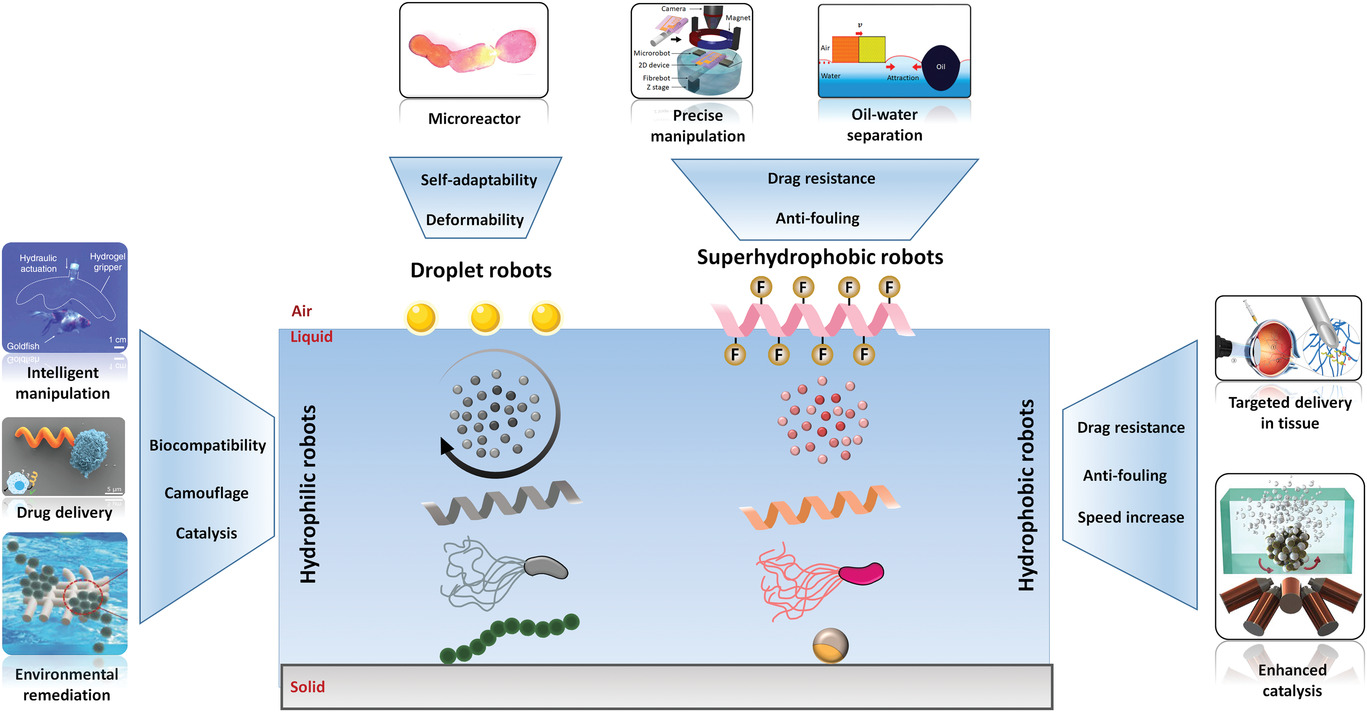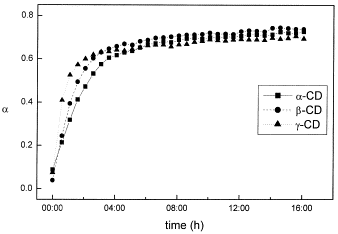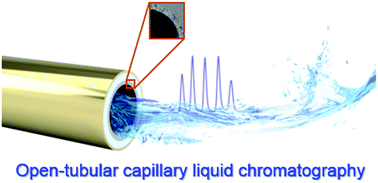paper archives
Stay hungry, stay foolish. You are as good as your last paper.
Structural transition induced by niobium doping in layered titanium disulfide: The impact on electrocatalytic performance
- Elham Rahmanian, Carmen C. Mayorga-Martinez, Nasuha Rohaizad, Jan Luxa, Zdenek Sofer, Martin Pumera*

Transition metal dichalcogenide layered structures have become the focus of special attention for electrochemical applications in recent years. Although various engineering strategies, including size reduction and composition manipulation, have been adopted to modulate the innate electrochemical features of these layered materials, there remains a great deal of work to satisfy the specific requirements for practical applications. In this work, we set forth to provide an insight into the impact of niobium (Nb) doping on the structural features of titanium disulfide (TiS2). In addition, we examine the influence of Nb dopant on the inherent electrochemistry and charge transfer kinetics of TiS2 and its implication for the hydrogen evolution, oxygen reduction and oxygen evolution reaction (HER, ORR, and OER) processes. It has been found that introducing an appropriate amount of Nb atom (>10%) results in the formation of titanium trisulfide (TiS3) belt-like structures on the surface of TiS2 polygonal discs. Nb doping marginally changes the inherent electroactivity of TiS2 through introducing a small trace of reducible species. Furthermore, Nb-doped TiS2 materials show improved electron transfer kinetics when compared to pure TiS2, with the fastest kobs0 of 5.58 × 10−4 cm s−1 toward [Fe(CN)6]3−/4− redox probe recorded for Ti0.95Nb0.05S2. The same trend is also found in the HER activity of these materials whereby Nb-doped TiS2 materials exhibit better performance in the electrocatalytic hydrogen evolution.










